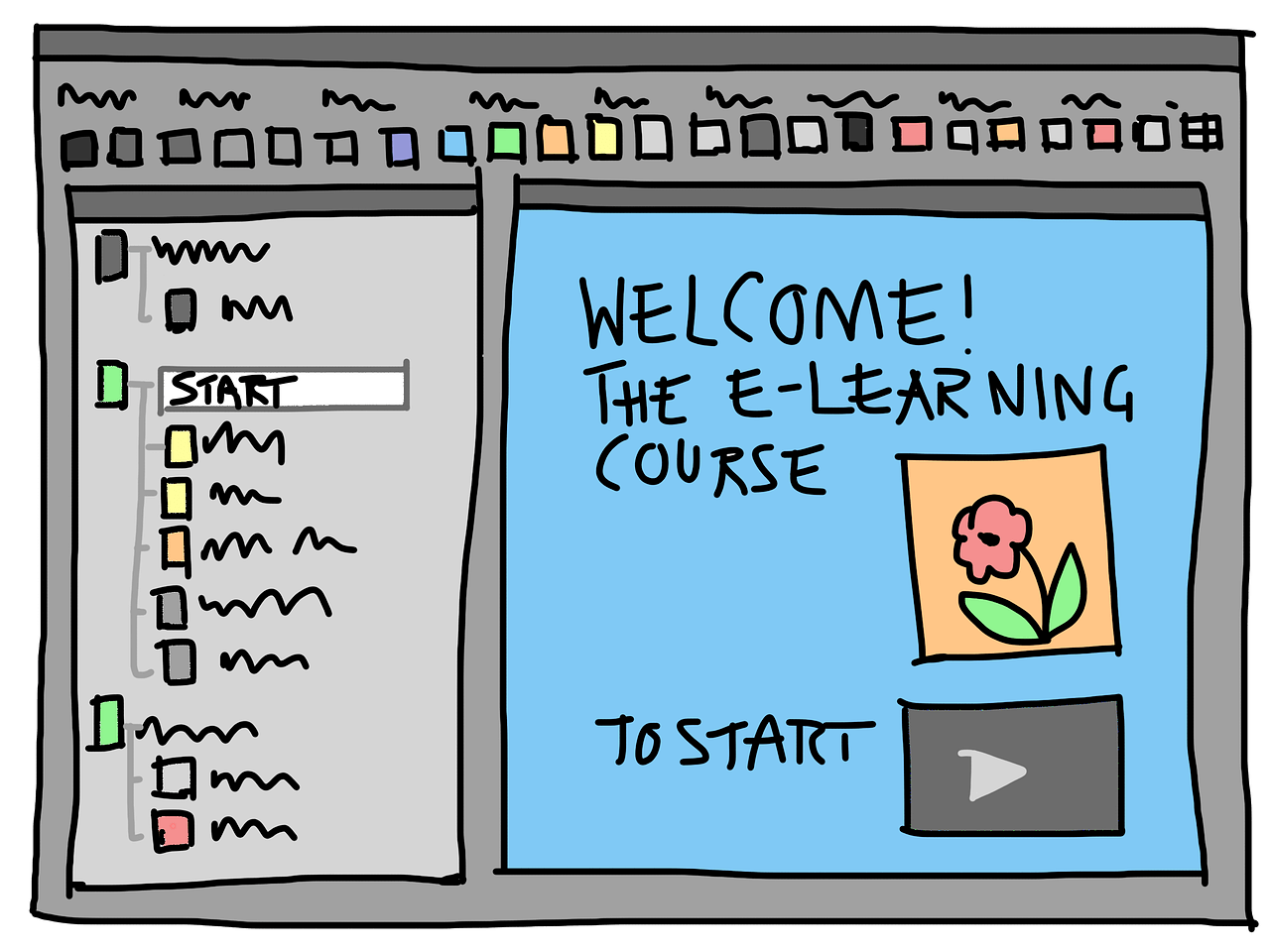How The Role Of Learning Managers Is Changing
In the past few decades, the world has changed in such radical ways that it’s barely recognizable. Meanwhile, certain elements in the world of training and development have been set in their ways to the detriment of businesses and the employees within them.
From the Industrial Revolution until the end of the Second World War1 staff training focused on upskilling workers in the midst of rapid social and economic upheaval. Through the later part of the 20th century2, the Learning and Development industry focused on dealing with the challenges of high unemployment and increasing globalization. Since 19903, the birth of eLearning and the rise of online learning in general changed the game for Learning and Development.
The possibilities that arose changed the nature of employee development and in ways that learning managers couldn’t predict and are still trying to come to terms with. Outside of the training industry, the employees themselves changed, further compounding the challenge.
The workers of today demand instant information in manageable pieces – not lengthy training units. The traditional methods of training no longer meet their needs and they are proving more and more ineffective. According to Josh Bersin4, “84% of business leaders cite the ‘need for improved organizational learning’ as a top priority, and 44% say it’s urgent… there is something more fundamental going on — a need to totally rethink corporate Learning and Development, to shift the focus to design thinking and the employee experience”.
The time has come to re-examine the role of the Learning and Development department and rebuild it in a better, stronger form. So what should today’s training managers aim to do?
1. Change Behavior
Imparting knowledge is an important function of Learning and Development, but it’s only the first step in a much longer journey. Knowing a process is not the same as embedding it in your daily work. It’s up to training managers to help the learners apply what they learn and live the values that are important to the organization. It’s these values that inform every aspect of their jobs, so even if they have gaps in their knowledge, their overall behavior will drive the business in the right direction.
2. Focus On Learner Experience
No matter how thorough and comprehensive the training content, if the learners don’t enjoy it, it won’t have the desired effect. If you’re aiming to change behavior, you can’t afford to create a negative association with the training program. At the very least, the learning platform should be easily accessible from any device. “Don’t Make Me Think” is the central tenet of user experience. Every time you ignore this rule, you increase the chances that your learners will switch off without completing their training.
3. Create Opportunities For Collaboration
There will always be a time for solitary learning, but it’s not the be-all and end-all of training. Employees learn as much, if not more, from each other than from a formal training unit. According to Mary Slaughter5, Chief People Officer at North Highland Company, “Today corporate learning is less about developing and conveying content and more about enabling people to adapt, contribute, and excel throughout their careers”. With a social Learning Management System. learning managers can create an environment that lets people bounce ideas off each other. This doesn’t just create opportunities for innovation, it gives these employees a chance to improve their communication, team work and leadership skills. These skills are difficult to learn in any other way and are immensely valuable to the business.
4. Make It Relevant To Each Individual
If your learners have to sit through training modules that have no relevance to their jobs, they’ll quickly lose interest in the training program entirely. As technology advances, new doors are opening that can create adaptive learning experiences. Identifying and exploiting these opportunities is part of the role of today’s Learning and Development professionals. Instead of creating one unit with a predefined contents list, learning managers will need to focus on creating smaller units that function independently of each other. This removes the need to trawl through irrelevant content looking for the proverbial needle in the haystack. The switch to microlearning also makes the content easier to absorb and retain.
5. Recognize Individual Efforts
Besides tailoring the training content with a more adaptive learning approach, it’s also important to give credit where it’s due. If you’ve succeeded in creating a more collaborative learning program, the learners need to know that their contribution matters. Gamification has become a ubiquitous UX feature and one of the key game mechanics is the ability to earn status. If your learners can earn points for contributing to specific discussion boards, they can identify themselves as experts in that topic. They can then be assigned the role of expert within the Learning Management System, meaning they are recognized for their expertise and they can be easily found by other learners with questions.
6. Capture Intellectual Capital
Employees today switch jobs more regularly6 than they used to. This is a challenge for businesses, but it’s an opportunity for Learning and Development departments. It gives them the chance to capture knowledge from a greater number of employees and incorporate it into the company’s intellectual capital. A social learning platform is the ideal environment for employees to share their own knowledge. Having social features in the Learning Management System lets you take advantage of informal learning which makes up the largest part of all work-based learning. It’s up to learning managers to facilitate this knowledge sharing and use the information to augment their existing content.
Final Word
Ultimately, the role of today’s Learning and Development professionals is to engage employees with their training by whatever means necessary. Giving them a sense of ownership is the only way to get their buy-in and build a training program that works for everyone. With more efficient and effective processes in place, these employees can realize their true potential and the entire organization can profit as a result. If learning managers can do that, they can finally be recognized as the true saviors of the organization!
Footnotes:
- The history of Learning and Development: 1800-1945
- The history of Learning and Development: 1950-1989
- The history of Learning and Development: 1990-present
- Using Design Thinking to Embed Learning in Our Jobs
- Stack the learning deck - Embrace new skills and roles to build a “full-stack” L&D function
- How Often Do People Change Jobs?










